A Philadelphia medical museum accidentally dug up a decades-old mystery after discovering two unidentified infant skulls in its collection of human remains.
Staff at the Mütter Museum said they were stunned to make the find during an audit of its 6,600 human remains in November, buried deep in a box in its library. They revealed it late last week.
In notes accompanying the bodies, a pathologist had written that they were from a harrowing case in the 1980s that captured international headlines – an elderly woman who admitted to having five dead babies in her attic.
According to the Philadelphia Inquirer, staff at the museum searched newspaper archives to discover that the skulls were linked to the notorious case of an elderly spinster named Stella Williamson, who died in 1980.
It appeared that the two skulls had been among five found in Williamson’s attic, but were somehow lost in transit and donated to the museum.
Williamson was known as a kind, quiet churchgoer and longtime ‘spinster’ who could often be found sitting on her porch, greeting local children.
She had one leg due to an amputation from diabetes, and archival newspaper reports from the time noted that she was known for ‘watching and nodding hello or waiting to play with one of the neighbors’ kids, especially the infants.
‘She loved to hold them, kissing, cooing and teasing just as if she was a grandmother.’
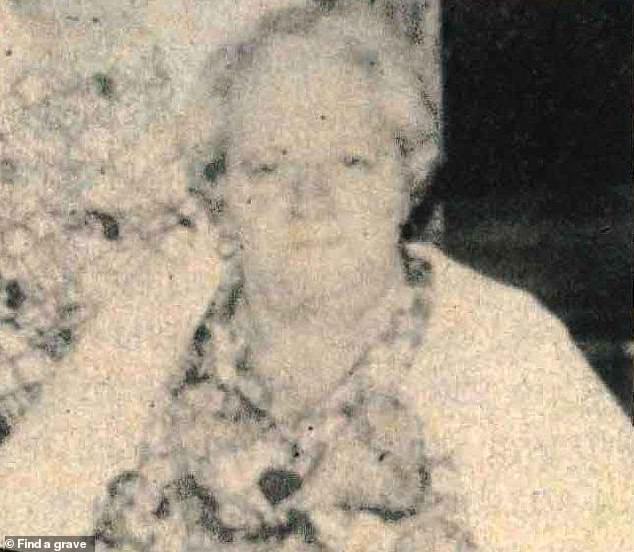
In 1980, the death of Stella Williamson aged 76 led to the horrifying discovery of five infant bodies in her attic, only found after she admitted to knowing they were there on her deathbed
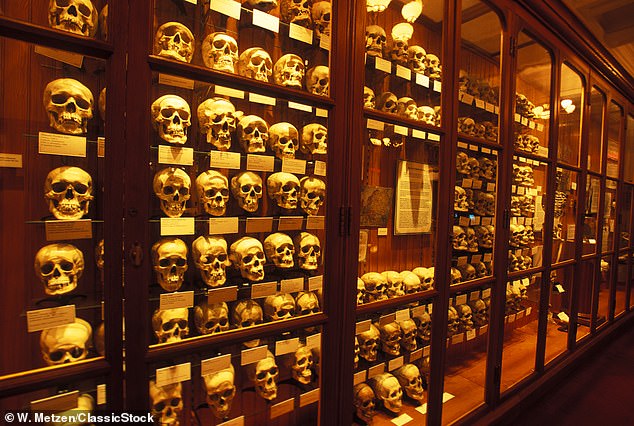
In November, two skulls were found to belong to Williamson’s deceased children in Philadelphia’s Mütter Museum, a medical museum that stores over 6,600 human remains
But while Williamson was known to her community as a harmless, quiet old lady, she shocked the nation after leaving a harrowing note on her deathbed.
‘I want to make things right if anything should happen to me,’ she wrote, according to an article from the Washington Post in 1980, cited by the Inquirer.
‘In the attic in an old trunk you will find babies I had to [redacted] 30 years [ago] or more,’ it read. Certain information was redacted, including the father’s name.
‘How I got away with I don’t no [sic] but I did so I don’t want anyone else to be blamed for something they know nothing about.
‘This is one reason I could never marry anyone else. I have lived a good life sense [sic] so as God is my judge this is the truth. Please forgive me if you can. Stella.’
Coroners said at the time that the infant’s remains were badly decomposed, but were able to establish that at least three had been murdered.
Authorities said they did not believe the infant’s father was involved, however another note left by Stella hinted at their troubled relationship.
‘He never wanted me,’ she wrote.
‘Only something to play with and I was a fool in his hands.’
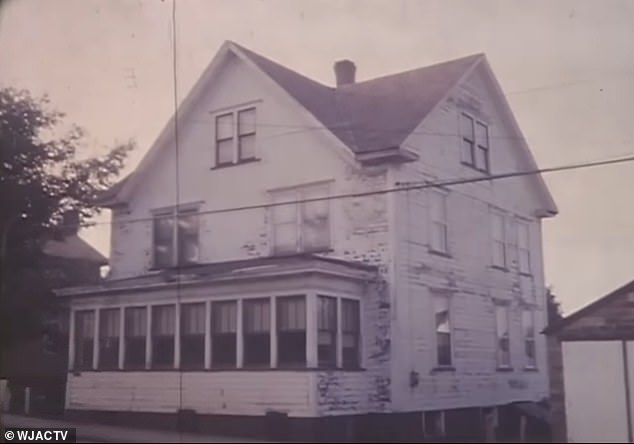
Williamson lived for decades in her modest home in Gallitzin, and those that knew her described her as a grandmotherly woman who enjoyed playing with neighborhood children. The whole time, she harbored the dark secret of her infant’s remains in her attic
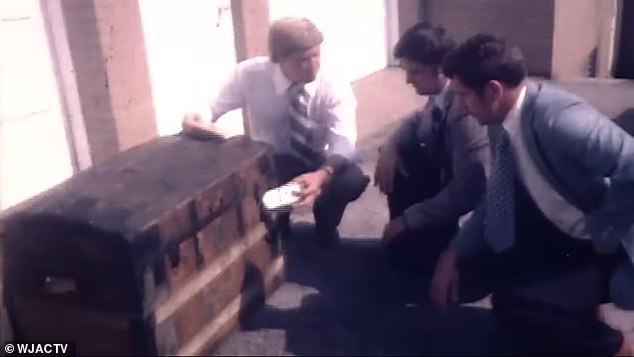
The bodies were found wrapped in newspapers from 1927 to 1933 inside a trunk (pictured), and authorities established that at least three had been strangled, but their decomposed remains were too far gone to yield many other results
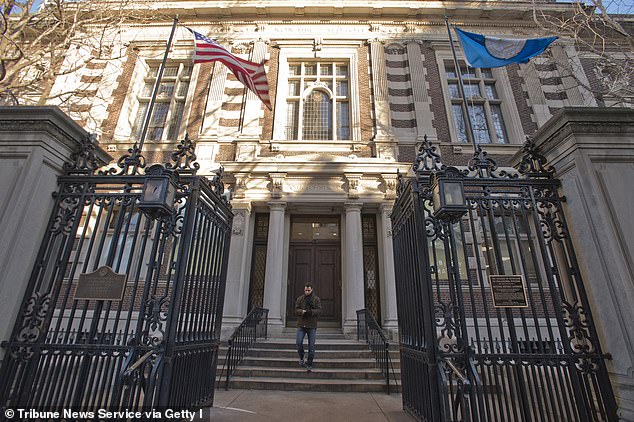
The Mutter Museum (pictured) staff said they were stunned to discover that the recently found skeletons were linked to the decades-old mystery
After the five bodies were found in her attic, the remains were helicoptered from her home in Gallitzin, Pennsylvania to Philadelphia.
State experts ran tests that yielded few results, with the decomposed condition of the bodies making it difficult to determine a cause of death.
Cloth around some of the infant skulls indicated that they may have been strangled, and tests showed that four were only weeks old while a fifth lived between nine months and a year old.
Their exact dates of birth could not be established either, with newspapers they were wrapped in dated between 1927 and 1933.
‘The problem we have here is a 50-year time period between the time it happened and today,’ then-Cambria-County coroner John Barron said at the time in 1980.
‘It’s going to remain a mystery, unfortunately. There are some things we’d all like to know, but they’re buried with the people.’
After the horrifying case disappeared from headlines, authorities buried what they believed to be the remains in a cemetery in 1980, in already-sealed coffins.
The coffins were never opened, leading to the discovery of the two skulls in the Mütter Museum in November.
It is unclear how the skulls ended up in the museum’s possession, with theories floated including potential grave robbing, accidental donation for medical testing, or mere human error.
The Inquirer said that they may have been obtained by former forensic pathologist Halbert Fillinger, before they were transferred to the museum for archives.
But the outlet said there are no records that the skulls were ever researched upon or displayed at the museum, meaning that they likely sat mummified in old newspapers for decades until being happened upon last year.












